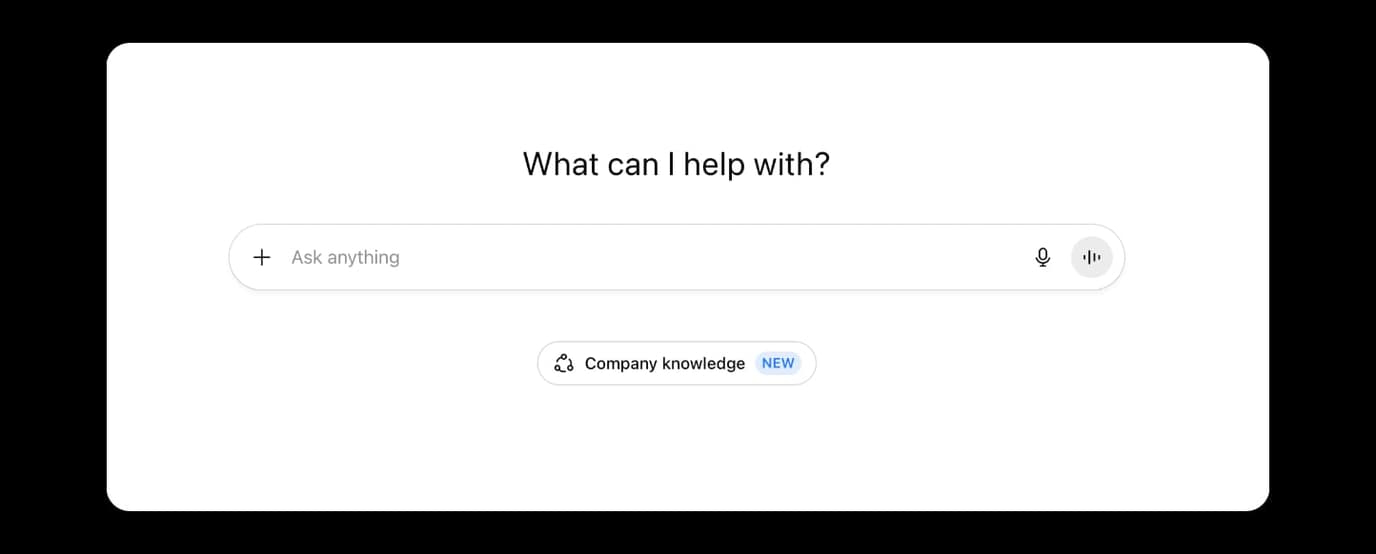Search isn’t what it used to be. With people asking questions to AI tools instead of typing keywords, understanding the difference between AEO and GEO has become essential for staying visible.

Search is changing fast. Instead of typing short keywords into Google and clicking through to a link from the first page of results (usually one of the top three spots), people are asking full questions in chatbots and voice assistants. As a result, businesses are having to think beyond SEO. Two new approaches have emerged: AEO and GEO. They sound similar, but they serve different purposes – and understanding both can help your content stand out in the age of AI.
What is AEO?
AEO stands for Answer Engine Optimisation. It focuses on helping search engines like Google, Bing, and voice assistants such as Siri or Alexa understand and extract clear answers from your content.
When someone asks a question like “What is the best soil for indoor plants?”, the search engine wants to provide a direct, trustworthy response without leading the user to click through several links. AEO is about structuring your content so it becomes that trusted answer.
To achieve this, content should be concise, well-structured, and backed by relevant data. Schema markup, clear headings, and short paragraphs all help search engines recognise your content as an authoritative answer.
What is GEO?
GEO stands for Generative Engine Optimisation. It takes the concept a step further by preparing your content to be understood, summarised, and cited by AI systems such as ChatGPT, Gemini, or Perplexity.
Unlike AEO, which targets featured snippets or voice results, GEO focuses on visibility in AI-generated responses. When someone asks an AI tool for advice or comparison, GEO-optimised content has a better chance of being referenced or directly quoted.
GEO is less about quick answers and more about depth, authority, and relevance. It rewards content that’s comprehensive, well-structured, and transparent about its sources. It also values originality – ideas, insights, and evidence that models can use to build their own answers.
How do they differ?
Although both AEO and GEO aim to make your content easier for AI to understand, their focus is slightly different.
- AEO is about being the answer. It’s short, factual, and focused on precision
- GEO is about being part of the answer. It’s deeper, more contextual, and encourages AI systems to see your brand as a trusted source
For example, imagine you run a sustainability consultancy. An AEO-focused page might be a simple Q&A about what carbon offsetting means. A GEO-focused article might go further, analysing different offsetting methods, referencing studies, and including your own commentary.
When a voice assistant answers a user, it might quote the AEO page. When an AI summarises insights across multiple sources, it might use the GEO article.
Why both matter now
People are searching differently. Voice queries, chatbots, and generative tools are changing where audiences get their information. If your content isn’t designed for these environments, you risk becoming invisible – even if your SEO rankings are strong. Having a good foundation in SEO is important and will help, but it will only go so far in AI search.
AEO helps you stay visible where quick answers matter: snippets, FAQ boxes, and “people also ask” results. GEO positions your business in the emerging space of conversational AI, where credibility and citations will soon carry real value.
For agencies or brands investing in long-term visibility, balancing both is key. AEO provides shorter-term wins; GEO builds long-term authority.
How to approach AEO and GEO
Start by auditing what you already have. Identify your best-performing SEO content and see where it could evolve. Pages that already answer specific questions are strong candidates for AEO optimisation.
For GEO, look at deeper content: thought pieces, guides, and research-driven posts. Make sure they’re structured logically, use clear language, and reference credible sources. This helps AI models interpret and trust your information.
Think of it like layering your content strategy:
- Foundation layer: traditional SEO – solid technical foundations, keyword research, accessibility, and performance
- Middle layer: AEO – structured answers, schema markup, and clarity
- Top layer: GEO – original thought, narrative, and authority
Each layer supports the other. You can’t have successful AEO or GEO without first having well-built, well-maintained SEO.
Potential challenges
Neither approach is a quick fix. AEO requires precision and ongoing schema maintenance. GEO demands time and expertise to create authoritative content that’s both human-readable and machine-interpretable.
There’s also a balance to strike. Writing only for machines risks losing the human element. Your tone, brand personality, and design still matter. The trick is to write with both audiences in mind, people and algorithms, without compromising clarity. And while you can use AI to help write the content, it can’t be used alone.
Where to start
If resources are limited, begin with AEO. It’s quicker and easier to implement and aligns closely with existing SEO practices. Once you’ve built confidence and seen measurable results, or as soon as you have more time or capacity, expand into GEO.
Start small by updating key pages with clearer answers and schema. Then develop new long-form content with citations, data, and insights that make you the kind of source AI tools want to reference.
In summary
AEO helps you show up as the answer. GEO helps you be part of the bigger conversation. Together, they represent the next evolution of search visibility, one that is focused on trust, clarity, and authority in an AI-driven world.
Both matter because the way people search has fundamentally changed. Optimising for humans and machines at the same time isn’t just smart, it’s essential.





